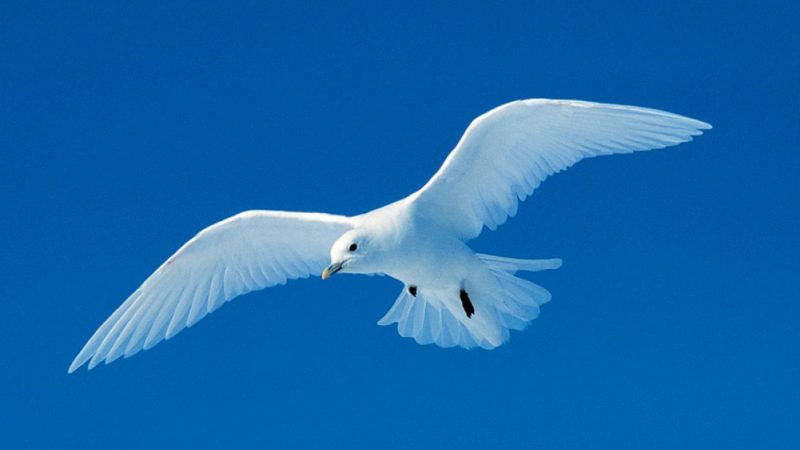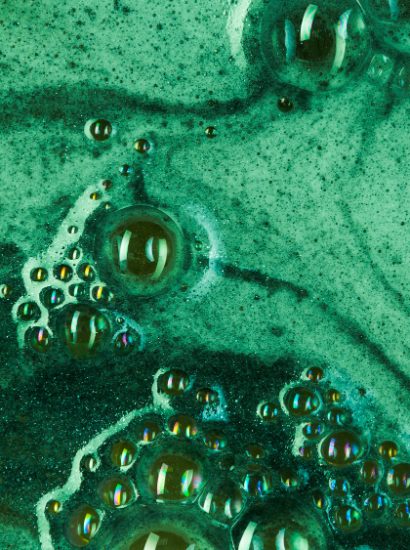The Arctic is one of the most extreme environments on Earth, where only the toughest creatures can survive. Among them, Arctic bird species have developed incredible adaptations to thrive in icy landscapes, endure harsh winds, and find food in the barren tundra. From the majestic snowy owl to the acrobatic Arctic tern, these birds play a vital role in the fragile Arctic ecosystem. Whether you’re a bird watching enthusiast or just curious about wildlife, this guide will introduce you to 10 of the most fascinating Arctic bird species you should know about.
Snowy Owl – The Majestic Hunter
One of the most iconic Arctic bird species, the snowy owl (Bubo scandiacus) is a powerful predator with stunning white plumage. This bird is built for survival in freezing temperatures, with thick feathers covering even its feet. Snowy owls primarily feed on lemmings, but they also hunt hares, seabirds, and fish. Unlike many owls, snowy owls are diurnal, meaning they hunt both day and night, taking full advantage of the Arctic’s 24-hour summer daylight.
Arctic Tern – The Long-Distance Traveler
The Arctic tern (Sterna paradisaea) holds the record for the longest migration of any bird, traveling up to 44,000 miles annually between its breeding grounds in the Arctic and its wintering areas in Antarctica. This remarkable Arctic bird has a lightweight body, pointed wings, and a forked tail, allowing it to glide effortlessly over vast ocean distances. Despite its small size, the Arctic tern is a fierce defender of its nests, attacking intruders with high-speed dives.
Puffin – The Colorful Seabird
With its bright orange beak and striking black-and-white plumage, the puffin (Fratercula arctica) is one of the most recognizable Arctic bird species. These seabirds are expert divers, using their wings to “fly” underwater while catching fish. Puffins nest in burrows along rocky cliffs, forming large colonies. Their beaks change color throughout the year, becoming duller in the winter and regaining their vibrant hues during the breeding season.
Gyrfalcon – The Arctic’s Apex Predator
The gyrfalcon (Falco rusticolus) is the largest falcon species and a top predator in the Arctic. This powerful Arctic bird preys on ptarmigans, seabirds, and even hares, using its incredible speed and agility to hunt. Gyrfalcons have several color morphs, ranging from all-white to dark gray, helping them blend into different Arctic landscapes. Their fierce hunting skills and adaptability have made them one of the most respected raptors in the world.
Ivory Gull – The Arctic’s Scavenger
The ivory gull (Pagophila eburnea) is a striking all-white Arctic bird that relies on scavenging for survival. Found mostly in the high Arctic, these gulls feed on fish, dead marine animals, and even polar bear leftovers. Their ability to locate food from great distances makes them essential for maintaining balance in the Arctic ecosystem. Unfortunately, ivory gull populations are declining due to climate change and pollution.
King Eider – The Ornate Sea Duck
The king eider (Somateria spectabilis) is one of the most stunning Arctic bird species, with the males boasting a colorful mix of black, white, orange, and blue on their heads. These sea ducks breed in the Arctic tundra and migrate to open ocean waters in winter. King eiders are expert divers, foraging for mollusks and crustaceans in freezing Arctic waters. Their thick down feathers provide excellent insulation against the cold.
Rock Ptarmigan – The Master of Camouflage
The rock ptarmigan (Lagopus muta) is a ground-dwelling Arctic bird that changes color with the seasons—white in winter and brown in summer—to blend seamlessly with its surroundings. This ability helps it evade predators such as foxes and gyrfalcons. Ptarmigans are well adapted to the Arctic’s freezing conditions, with feathered feet acting like snowshoes to help them walk across deep snow.
Common Eider – The Feathered Engineer
The common eider (Somateria mollissima) is a large sea duck that plays a crucial role in Arctic bird conservation. Female eiders pluck their own down feathers to insulate their nests, creating some of the warmest natural bedding known to humans. This down is highly valued and is sustainably harvested without harming the birds. Common eiders form large flocks, often numbering in the thousands, and dive to catch shellfish in coastal waters.
Red-Throated Loon – The Elegant Diver
The red-throated loon (Gavia stellata) is a graceful Arctic bird known for its striking red throat patch and eerie calls that echo across the tundra. Unlike other loons, it can take off directly from land, making it more adaptable to nesting in Arctic lakes. Red-throated loons are excellent divers, hunting fish with remarkable speed and precision. Their migratory journeys take them as far south as coastal Europe and North America.
Little Auk – The Arctic’s Tiny Swimmer
The little auk (Alle alle), also known as the dovekie, is one of the smallest Arctic bird species, yet it thrives in the harshest conditions. These birds form massive colonies along Arctic cliffs, diving into icy waters to catch plankton and small fish. Little auks are social birds, often huddling together for warmth and protection. Their ability to withstand extreme cold makes them one of the Arctic’s most resilient seabirds.
Conclusion
Arctic birds are some of the most fascinating and resilient creatures on the planet. Each species has evolved unique adaptations to survive in one of the world’s harshest environments. From the long-distance migrations of the Arctic tern to the incredible hunting skills of the snowy owl, these birds showcase the true wonders of nature. However, many Arctic bird populations are threatened by climate change, pollution, and habitat loss. By learning about these incredible species, we can better appreciate their role in the ecosystem and support conservation efforts to protect them for future generations.
FAQs
Q1. How do birds survive the freezing temperatures of the Arctic?
Birds in the Arctic have specialized adaptations like thick feathers, fat reserves, and the ability to reduce heat loss by tucking their feet and beaks into their bodies.
Q2. Which bird travels the farthest during migration?
The longest migratory journey is made by the Arctic tern, which flies between the Arctic and Antarctica each year, covering up to 44,000 miles round trip.
Q3. What do seabirds in the Arctic eat?
Seabirds primarily feed on fish, plankton, and crustaceans. Some species, like the ivory gull, scavenge for food, while others, like puffins, dive to catch their prey.
Q4. Are any bird species in the Arctic at risk due to climate change?
Yes, many species face threats from melting ice, habitat loss, and food scarcity. Ivory gulls, for example, are experiencing population declines due to environmental changes.
Q5. Where is the best place to see wildlife in the Arctic?
Great locations for birdwatching include Svalbard, Greenland, and northern Canada. Coastal cliffs and tundra regions are prime habitats for spotting diverse species.
Also read: Quick Mobile Repair Scottsdale: Fast & Reliable Device Fixes









